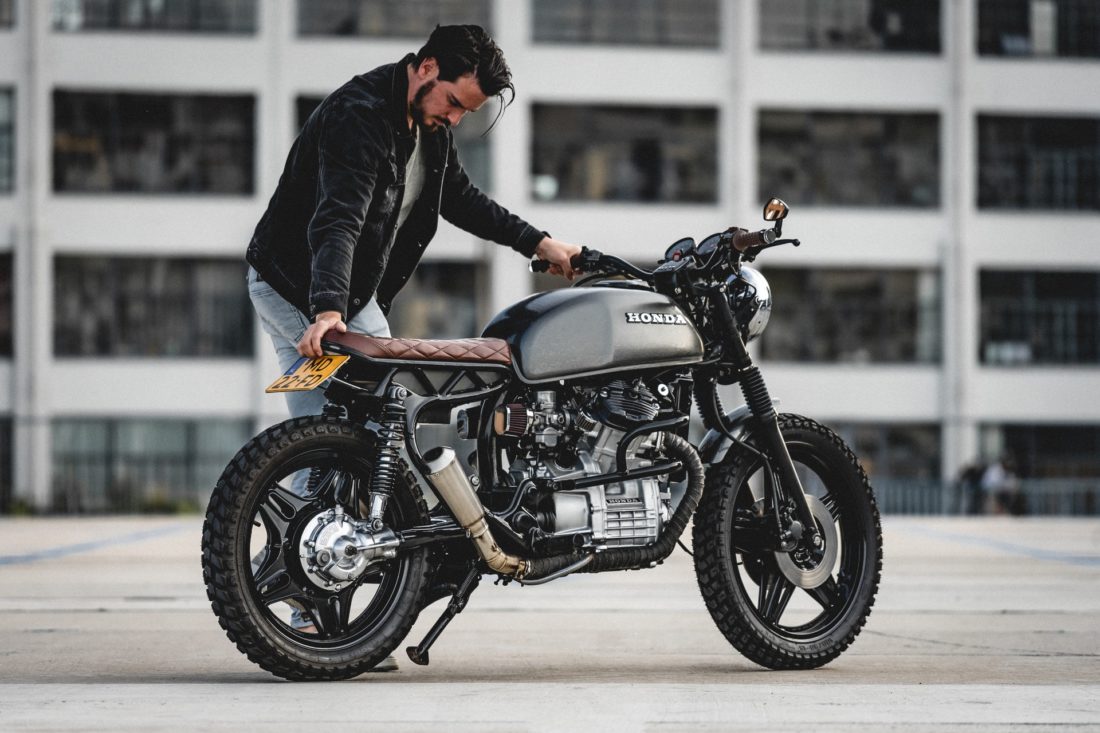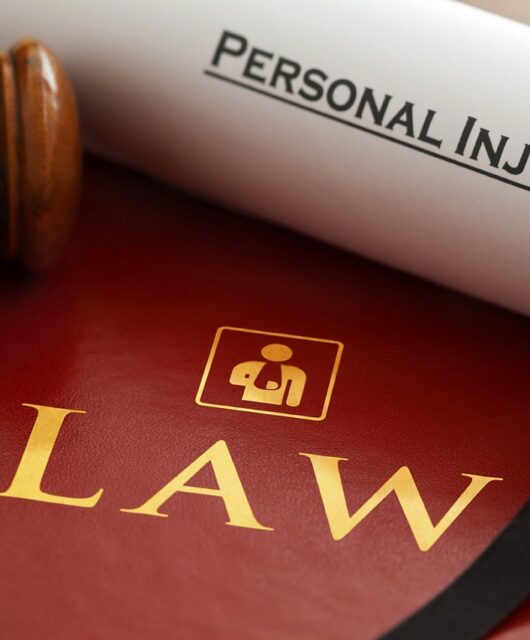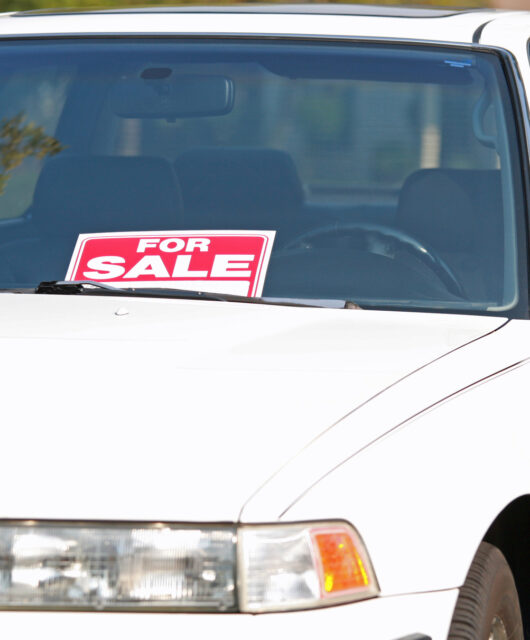6 Tips for the Novice Motorcycle Rider
 In the back of your mind, you’ve always wondered what it would be like to ride a motorcycle. For years, you’ve resisted the urge. But now you’ve reached a point in your life where you’re ready to try new things. Is it time to finally take the dive and discover the excitement that comes with riding?
In the back of your mind, you’ve always wondered what it would be like to ride a motorcycle. For years, you’ve resisted the urge. But now you’ve reached a point in your life where you’re ready to try new things. Is it time to finally take the dive and discover the excitement that comes with riding?
Table of Contents
6 Tips for New Riders
If you’ve never experienced the feeling of riding a motorcycle with the wind in your face, then you’re missing out on an exhilarating experience. By learning to ride, you’ll find that you get more than just another mode of transportation. You actually end up with an entirely new hobby and lifestyle. But as a new rider, it’s important that you take things slow and treat it as a process. Here are a few tips and suggestions:
1. Understand the Risks
Motorcycles are fun, but you must know the risks you face prior to getting started. Despite making up just a small fraction of all drivers on American roads, thousands of motorcyclists die each year. In fact, motorcyclists are significantly overrepresented in all traffic deaths. (Fatalities occur 28-times more often than those of passenger vehicle occupants.)
There’s also a significantly greater risk of experiencing a serious injury in an accident or collision. Common motorcycle injuries include fractures, lacerations, brain injury, paralysis, joint injury, internal organ damage, back and neck injuries, and loss of limbs.
2. Take a MSF Course
Safe driving habits can significantly decrease the risk of being injured or killed in a motorcycle accident. Thus, it’s highly recommended that all new drivers complete a Motorcycle Safety Foundation (MSF) course.
MSF courses typically include teaching, assignments, written exams, and on-motorcycle tests. They’re considered essential for those who want to understand both basic and technical aspects of driving a motorcycle. (The MSF Basic RiderCourse is a great place to begin.)
3. Buy the Right Bike
As a new biker, one of the most exciting steps is buying your first motorcycle. But rather than just purchasing the one that looks the best, you need to set some criteria. In particular, you should:
- Buy a pre-owned motorcycle. Depending on what you want, you can usually find a quality bike for a couple thousand dollars or less.
- Get something light. Lighter bikes are easier to handle. Once you get a feel for balancing the bike, you can upgrade to something bigger.
- Set a budget and stick to it. It’s easy to get carried away with newer, nicer features. You have plenty of time to upgrade. Right now, your focus should be on getting something that’s cost-effective and easy to ride.
4. Get the Proper Gear
Your mental image of riding a motorcycle probably doesn’t include wearing a full-face helmet, body armor, riding pants, riding boots, and gloves. However, this is exactly what you need to get started. You’re much more likely to get in an accident or collision in your first few months riding. This protection gear could save your life.
5. Practice (A Lot!)
The first time you ride your motorcycle, keep it to empty parking lots and quiet back roads. You’ll need plenty of practice before you’re able to comfortably drive in traffic and/or at high speeds.
6. Be a Defensive Driver
“A recent study by the University of South Florida’s Center for Urban Transportation Research found that in collisions involving a motorcycle and a car, car drivers were at fault 60 percent of the time,” ConsumerReports.org explains.
Car drivers aren’t looking for motorcycles. When they turn or change lanes, they’re mentally conditioned to look for large vehicles and trucks. Never assume that a driver sees you. After a light turns green, wait a couple of seconds before going through the intersection. Don’t tailgate other cars. Never stay in a driver’s blind spot. Proper spacing is super important to motorcycle safety.
Let Loose and Live a Little
Riding a motorcycle is just like anything else – once you learn how to do it, it becomes secondhand nature. Rather than dream of one day learning to ride a motorcycle, why not do it today? It doesn’t cost that much to get started and you can gradually ease your way up to a bigger, faster, and sleeker bike.









